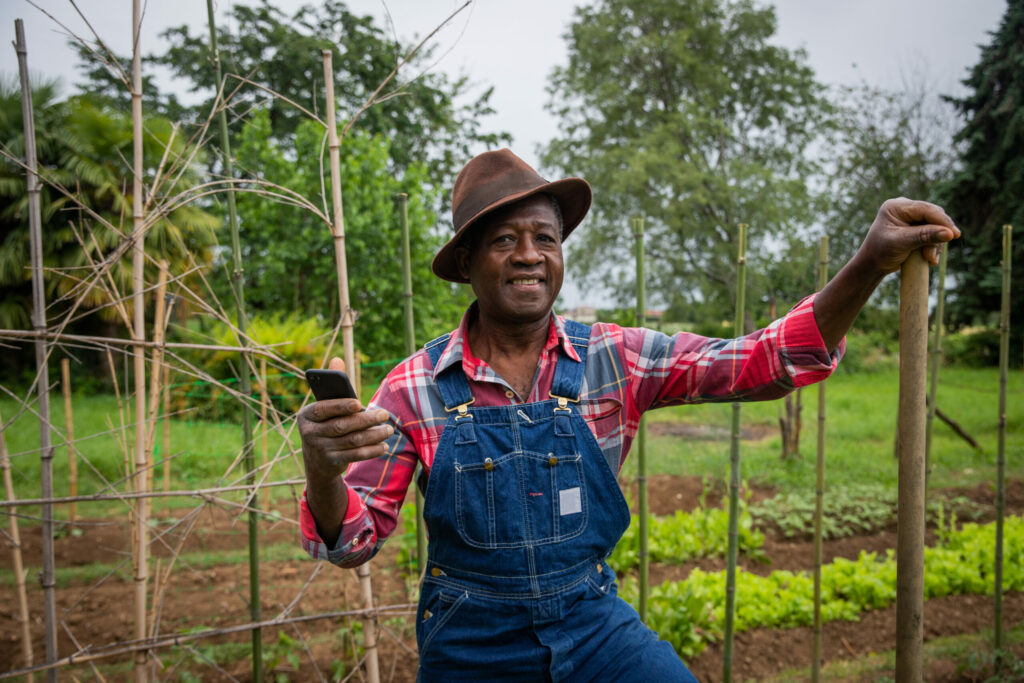In the vast and diverse continent of Africa, rural communities have long been marginalized from mainstream financial services. Traditional banking systems often overlook these areas due to perceived risks and high operational costs. However, the advent of digital banking and micro-lending has started to transform this narrative, unlocking new avenues for economic development and empowerment in rural Africa.
The Rise of Micro-Lending
Micro-lending refers to the provision of small loans to individuals and small businesses that lack access to traditional banking services. These loans are often used for entrepreneurial activities, agricultural investments, and other income-generating projects. In Africa, micro-lending has become a vital tool in the fight against poverty, enabling individuals to build sustainable livelihoods and improve their quality of life.
Digital Banking: A Game Changer
The integration of digital banking into micro-lending processes has significantly amplified its impact. Here’s how innovative digital banking solutions are revolutionizing micro-lending in rural Africa:
- Increased Accessibility Digital banking platforms, accessible via mobile phones, have bridged the gap between rural populations and financial services. With mobile penetration rates soaring across Africa, even the most remote communities can now access micro-lending services with ease. This accessibility ensures that more individuals can benefit from financial inclusion, fostering economic growth at the grassroots level.
- Streamlined Processes Traditional micro-lending processes often involve lengthy paperwork and bureaucratic hurdles. Digital banking simplifies these processes through automated systems and online applications, reducing the time and effort required to secure a loan. This efficiency allows more people to access loans quickly, supporting their immediate financial needs and business ventures.
- Enhanced Risk Assessment Digital banking leverages advanced data analytics and AI to assess the creditworthiness of potential borrowers. By analyzing a variety of data points, such as transaction histories, mobile usage patterns, and social media activity, these systems can make more accurate lending decisions. This enhanced risk assessment minimizes defaults and ensures that loans are provided to individuals with the capacity to repay.
- Flexible Repayment Options Digital banking platforms offer flexible repayment options tailored to the income cycles of rural borrowers. For instance, farmers can schedule repayments around their harvest periods, aligning loan terms with their cash flow patterns. This flexibility reduces the burden of repayment and increases the likelihood of successful loan completion.
- Financial Education and Support Many digital banking platforms incorporate financial literacy programs to educate borrowers on effective money management, budgeting, and investment strategies. This education empowers borrowers to make informed financial decisions, enhancing the long-term impact of micro-lending on their economic stability.
Case Studies: Success Stories from Rural Africa
- M-Pesa in Kenya M-Pesa, a mobile money service, has revolutionized financial inclusion in Kenya. By providing a platform for micro-lending, M-Pesa has enabled thousands of small entrepreneurs to access the capital needed to start and grow their businesses. The ripple effect has been profound, contributing to job creation and economic development in rural areas.
- Branch in Tanzania Branch, a mobile-based micro-lender, has made significant strides in Tanzania by offering instant loans through its app. With a user-friendly interface and quick approval process, Branch has provided critical financial support to small business owners and farmers, driving economic activities and improving livelihoods.
The Broader Impact on Rural Economic Development
The proliferation of digital banking and micro-lending in rural Africa has far-reaching implications for economic development:
- Job Creation Access to micro-loans enables individuals to start and expand businesses, creating job opportunities within their communities. This job creation stimulates local economies and reduces dependency on external aid.
- Agricultural Productivity For many rural Africans, agriculture is the primary source of income. Micro-loans allow farmers to invest in better seeds, tools, and technologies, increasing agricultural productivity and food security.
- Women’s Empowerment Women, who often face greater barriers to financial services, have particularly benefited from micro-lending. By supporting female entrepreneurs, digital banking and micro-lending contribute to gender equality and economic empowerment.
- Community Development The economic benefits of micro-lending extend beyond individual borrowers to the wider community. Improved financial stability leads to better access to education, healthcare, and other essential services, enhancing overall community well-being.
Conclusion
The synergy between micro-lending and innovative digital banking is a powerful catalyst for rural economic development in Africa. By breaking down barriers to financial inclusion, these technologies empower individuals to take control of their financial futures, fostering sustainable growth and prosperity. As digital banking continues to evolve, its potential to transform rural economies and uplift communities across Africa remains boundless. The future of rural economic development lies in the continued integration of these innovative solutions, ensuring that no one is left behind in the journey toward financial empowerment and economic resilience.
